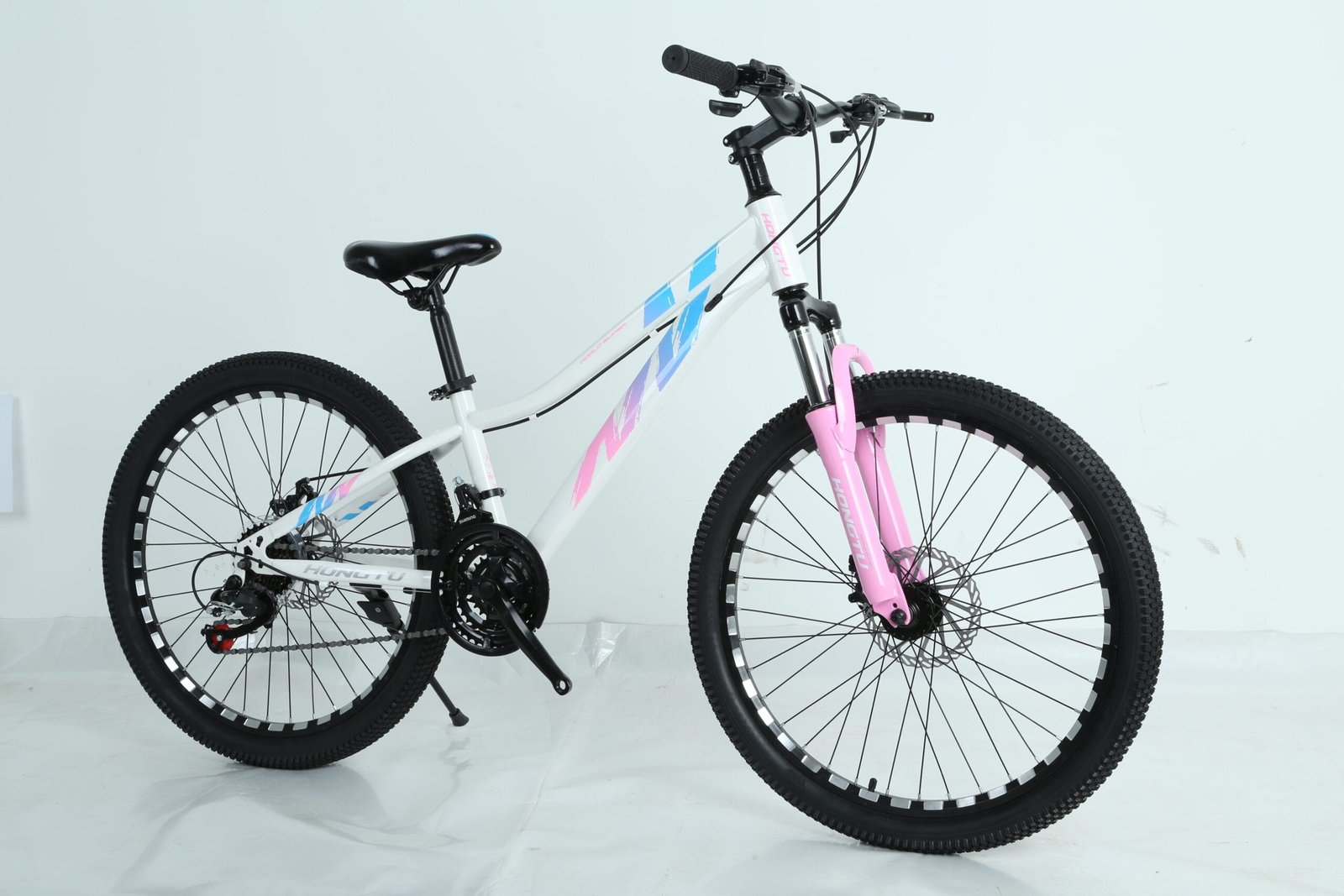Methods Of Bicycle Maintenance


Achieving Uniform Tire Wear
The significance of maintaining uniform tire wear on a bicycle cannot be overstated. Uneven wear, particularly on the front tire, is a common issue cyclists face. This problem often arises due to the pressure exerted during pedaling and the natural tendencies of turning, which place additional stress on the front tire. To counteract this issue and ensure optimal performance and safety, periodic tire interchange is essential.
One effective method for achieving uniform tire wear is the systematic rotation of tires between the front and rear positions. This process not only helps distribute the wear more evenly but also extends the lifespan of the tires significantly. Ideally, cyclists should exchange their tires every 1,000 to 3,000 miles, depending on the type of riding conditions and tire quality. For those who frequently ride on rough terrain or engage in aggressive biking styles, more frequent exchanges may be warranted.
In addition to swapping the front and rear tires, it is also advisable to periodically interchange the left and right sides of the tires. This ensures that both sides of a tire wear evenly, which can enhance grip and overall bike handling. Over time, certain conditions can lead to uneven wear patterns, and rotating the tires in this manner helps to mitigate such issues.
When performing these exchanges, it is crucial to ensure that the bike is stable and securely positioned. Use a bike stand or flip the bicycle upside down, allowing easy access to both the front and rear wheels. After removing the tires, take the opportunity to inspect them for any signs of damage or punctures. By establishing a routine for tire maintenance and regularly assessing their condition, cyclists can ensure uniform tire wear, leading to a better overall riding experience.
Repairing an Empty Bicycle
One of the common issues faced by bicycle owners is the malfunctioning of the flywheel, which can significantly affect the performance and overall cycling experience. Often, this problem stems from a faulty or empty jack spring, presenting itself through various signs. Cyclists may notice a lack of resistance when pedaling, unusual sounds from the flywheel, or inconsistent gear shifting. Recognizing these indicators early can help mitigate further complications.
To address this issue, it is crucial to clean the flywheel adequately. Begin by securing the bicycle on a stable stand, which will facilitate access to the flywheel assembly. Utilizing kerosene as a cleaning agent, apply a small amount to a clean cloth and wipe down the flywheel and surrounding components. The kerosene effectively dissolves any built-up grime or debris that may be impeding the jack spring’s movement. After cleaning, ensure that the area is dry and free of any excessive lubricant that could attract dirt.
Following the cleaning process, it is essential to check the jack spring’s functionality. If the spring does not move freely after cleaning, further troubleshooting may be necessary. Inspect the spring for any visible signs of wear or damage. In cases where the jack spring is found to be faulty, replacing it is imperative to maintain optimal bicycle performance. To replace the jack spring, carefully remove the flywheel assembly and follow the manufacturer’s instructions for installation. Make sure to secure all components properly before test riding the bicycle.
Maintaining the jack spring and flywheel is essential for a smooth cycling experience. Regular checks and cleaning can prevent common issues and extend the life of your bicycle. Proper care not only enhances performance but also contributes to rider safety on the road.
Fixing Irregular Wheel Shapes
Bicycle wheels are pivotal for ensuring a smooth and comfortable ride. However, over time, they can develop irregular shapes due to factors such as uneven spoke tension or impact damage. This irregularity often results in a bumpy ride and can cause premature wear on the bicycle’s components. To address this issue effectively, one method involves using chalk to diagnose the problem areas on the rim.
Begin by inspecting the wheel while it is mounted on the bike or on a stand. Spin the wheel slowly and observe how it rotates. As you do this, use a piece of chalk to mark any areas on the rim that show excessive wobble or run-out. These markings will provide a clear indication of where adjustments are necessary. Aim to identify any notable deviations in the rim that contribute to the irregular shape.
Once you have pinpointed the problem areas, you can begin the adjustment process. Start by loosening the spokes on the side of the marking that is furthest from the hub. This will alleviate the tension on that part of the rim. Subsequently, gradually tighten the spokes on the opposite side, where the rim is closer to the hub. When adjusting spoke tension, aim for a balanced approach; slight changes can significantly impact the overall shape of the wheel.
After making the adjustments, recheck the wheel’s shape by spinning it again and observing the marks you previously made. Repeat the process as necessary until the wheel is substantially round. To ensure longevity and prevent future issues, regular inspections are crucial. Periodically check the tension of your spokes and evaluate the wheel’s condition after rides, particularly if you frequently encounter rough terrain. Through consistent maintenance, you can maintain your wheels’ integrity and enhance your overall cycling experience.
Addressing Bicycle Brake Failures
Brake failure poses a significant safety risk while cycling, emphasizing the necessity for regular maintenance and immediate action when issues arise. One of the first steps in addressing brake failure is checking the distance between the brake shoes and the rim. Proper alignment ensures that the brakes engage effectively when activated. Excessive space between the brake shoes and the rim can impede braking performance, causing longer stopping distances. To begin, spin the wheel and observe how close the brake shoes are to the rim. Ideally, they should hover just a few millimeters away.
If you notice that the brake shoes are misaligned, adjustments can be made by loosening the mounting screws and repositioning the shoes before retightening the screws. Attention should also be paid to the symmetry of the brake shoes; both should contact the rim evenly when engaged. To achieve this, one can use an adjustable wrench to tighten any relevant adjustment screws on the brake calipers. Ensuring that the shoes apply pressure simultaneously helps to avoid uneven wear and enhances overall braking efficiency.
In addition to checking alignment and symmetry, cyclists should take into account potential axial flutter, which may occur when the braking mechanism experiences vibration during use. This can lead to an inconsistent braking response. To mitigate such issues, inspect the brake components for wear or damage and replace any worn parts. Also, evaluate the brake fork alignment, as an improperly aligned fork can significantly affect brake performance. Ensuring that the fork is straight and secure is crucial for maintaining optimal function. Following these guidelines will not only remedy immediate brake issues but also contribute to a safer and more enjoyable riding experience.


